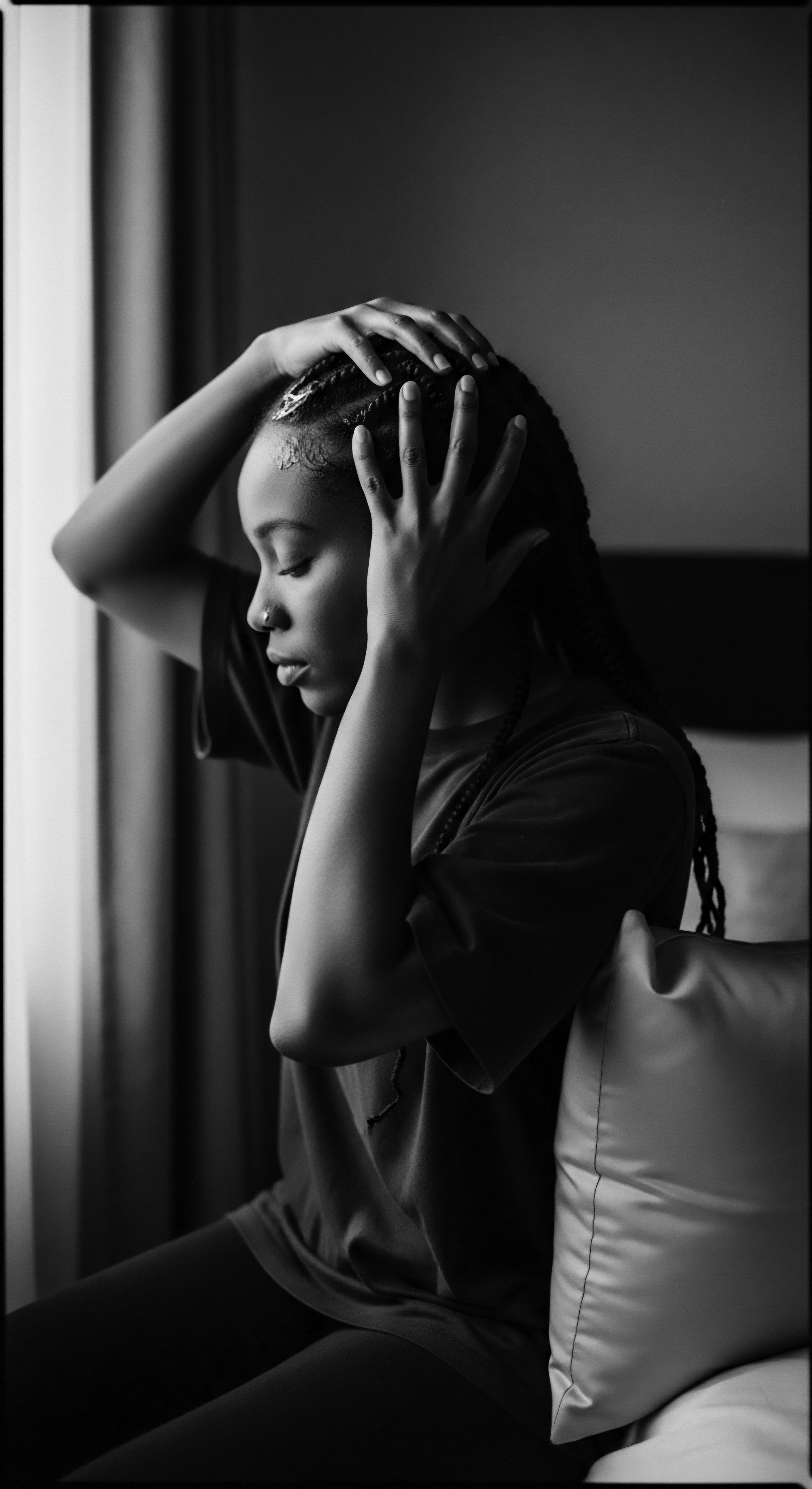
Roots
To truly comprehend the deep interplay between ancient beliefs about hair and our contemporary search for well-being, one must first listen to the whispers carried on the very strands themselves. It is a story etched not just in history books, but within the unique helix of textured hair, a heritage brimming with wisdom. For those of us whose crowns coil and curve, whose strands possess an inherent resilience, the journey of hair has always been more than mere aesthetics. It has been, and remains, a living archive of identity, a sacred conduit, a profound connection to generations past.
The earliest echoes of human existence, particularly on the African continent, reveal a relationship with hair that transcends simple adornment. Afro-textured hair, with its characteristic tight coils and spirals, developed as a natural adaptation to the harsh ultraviolet radiation of equatorial sun, providing vital insulation for the scalp while allowing air circulation. This biological marvel, far from being a random happenstance, was a testament to survival, to a symbiotic relationship with the environment. This inherent structural blessing became intertwined with profound cultural and spiritual convictions.
Early African societies, recognizing hair as the highest point of the body, saw it as the closest to the divine, a literal channel for spiritual energy. This belief imbued hair with a sacred aura, elevating its care into ritual, its styling into a profound language.

How Did Ancient Societies Interpret Hair’s Biology?
Ancient civilizations understood hair not through microscopes, but through lived experience and a deep reverence for the natural world. The physical properties of textured hair, such as its density and unique curl patterns, were not seen as imperfections, but as manifestations of a divine blueprint. In pre-colonial Africa, hair was a powerful medium of communication, signifying age, marital status, ethnic identity, wealth, and even religious affiliation. The way a person’s hair was styled could tell a story to an informed eye, without a single word being spoken.
This societal understanding meant that hair care was never a solitary act; it was a communal endeavor, a moment for bonding, for teaching, for passing down ancestral knowledge. Women would gather, often under the warmth of the sun, tending to each other’s crowns, sharing stories and wisdom, making the act of grooming a communal ritual that solidified social ties.
The coils and curves of textured hair served as an ancient shield against the elements, shaping early human survival and cultural reverence.
The meticulousness involved in ancient hair practices reflected this deep respect. Traditional hair preparations, often involving natural elements, were not merely cosmetic. They were holistic treatments, intended to nourish the scalp, strengthen the hair, and maintain its spiritual potency.
These ingredients were drawn directly from the earth, from plants and trees that had sustained communities for millennia. The understanding of hair was holistic, encompassing its physical health, its social meaning, and its spiritual connection to the universe.
| Ancient Cultural Perception Hair as a direct conduit for spiritual energy, closest to the divine. |
| Contemporary Scientific Connection The scalp's rich nerve endings and blood supply contribute to the feeling of sensitivity, connecting hair to sensory experience and overall well-being. |
| Ancient Cultural Perception Textured hair providing natural protection from intense sun. |
| Contemporary Scientific Connection The tight curl pattern creates an insulating barrier against UV radiation, minimizing scalp exposure. |
| Ancient Cultural Perception Hair as a visual marker of identity, status, and community affiliation. |
| Contemporary Scientific Connection Sociology of hair confirms its enduring role in self-expression, group identity, and societal perceptions. |
| Ancient Cultural Perception Ancient wisdom often held an intuitive understanding of hair's biological functions, framed within spiritual and communal beliefs. |
The nomenclature surrounding hair in ancient times was often linked to its symbolic value and the particular style or function. Terms varied across cultures and regions, reflecting specific ethnic groups and their unique practices. There was a direct linguistic connection between a style and its purpose or meaning, a stark contrast to modern classification systems which often prioritize purely physical attributes without accounting for cultural context.

Ritual
The journey from a biological given to a profound cultural expression found its most vivid manifestation in the ancient rituals of hair care and styling. These practices were not fleeting trends; they were carefully performed ceremonies, passed down through the ages, steeped in meaning and communal significance. The art and science of styling textured hair began in ancestral homelands, long before contemporary understanding of hair fiber. It was a conscious act of creation, a testament to skill, patience, and a deep appreciation for the hair’s inherent qualities.

How Did Ancestral Styling Practices Convey Meaning?
For millennia, protective styling served as a cornerstone of textured hair care, born from a practical need to shield delicate strands from environmental rigors while simultaneously serving as a canvas for cultural narratives. Styles such as Cornrows, Braids, and Locs were more than just arrangements of hair; they were complex communications. The intricate patterns of cornrows, for instance, could denote a person’s age, marital status, or even their tribal lineage.
In Yoruba cosmology, hair held sacred significance, acting as a medium of spiritual energy, with hairstyles like “Irun Kiko” carrying meanings related to femininity and rites of passage. These practices were woven into the fabric of daily life, from birth ceremonies where a newborn’s hair might be ritually shaved as an offering, to warrior initiations where hair was dyed and grown long as a mark of status.
A poignant instance of hair as a language of resilience emerged during the transatlantic slave trade. Stripped of their material possessions and often forced to abandon their cultural practices, enslaved Africans found ways to resist and communicate through their hair. In a powerful display of ingenuity, some African women braided rice seeds into their hair before forced voyages, ensuring survival and a link to their homeland.
Even more strikingly, cornrow patterns were used to create maps and directions to freedom, offering literal pathways to liberation in regions like Colombia. This specific historical example, though often overlooked in broader narratives, powerfully illuminates how hair became a vital tool for survival and resistance, a testament to the enduring power of ancestral practices in the face of unspeakable adversity.
Ancient styling traditions, particularly those of textured hair, were rarely decorative endeavors; they were deeply rooted in identity, community, and coded communication, especially through times of great hardship.
- Cornrows ❉ Intricate braided rows laying flat against the scalp, used to convey social status, tribal affiliation, and even hidden escape routes during slavery.
- Locs ❉ Matted hair styles, often associated with spiritual energy, warrior status (as seen with the Maasai), and a connection to divine forces.
- Bantu Knots ❉ A traditional African style originating from the Bantu people, symbolizing femininity and beauty, and now a popular protective style globally.
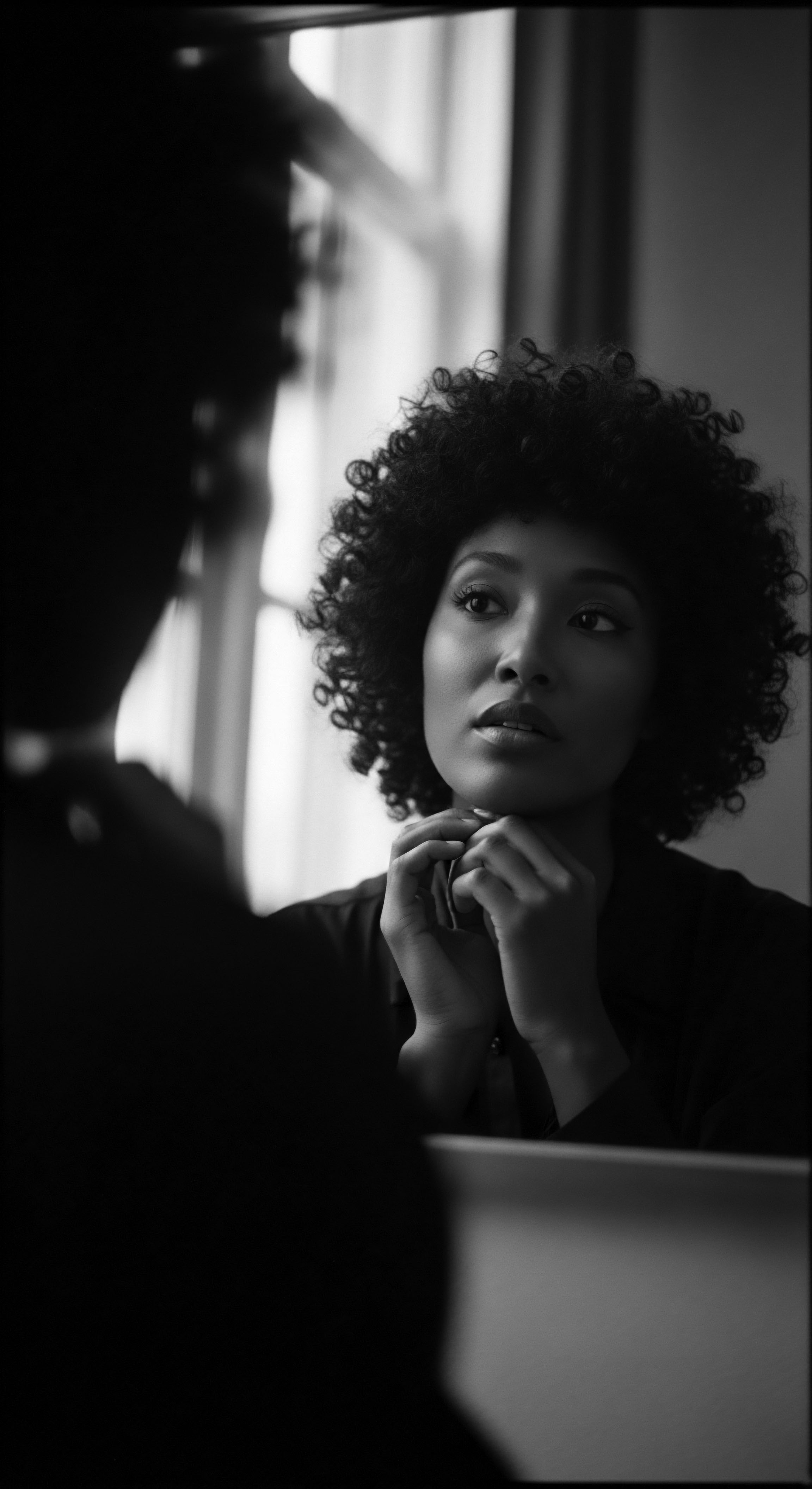
Did Traditional Tools Shape Styling Outcomes?
The tools and techniques employed in ancient hair styling were a reflection of available resources and generational knowledge. Simple yet effective implements, crafted from wood, bone, or metal, were designed to work with the unique properties of textured hair. Combs, often artistically shaped and imbued with symbolic meaning, were integral to detangling and sectioning the hair, preparing it for intricate designs. Natural ingredients such as shea butter, coconut oil, aloe vera, and various botanical blends were the original conditioners and stylers, applied to nourish, add luster, and hold styles.
These natural emollients were not just for external application; they were understood to contribute to the overall health and vitality of the individual, a testament to the holistic approach to beauty and wellness in these cultures. The process of hair care itself was often a rhythmic, meditative experience, performed by skilled hands that had learned their craft through observation and practice from elders, thus preserving a living heritage of care.

Relay
The enduring legacy of ancient hair rituals and the deeply rooted cultural beliefs surrounding textured hair have not faded into antiquity. Instead, they have been relayed through generations, shaping contemporary wellness practices and informing our understanding of holistic self-care. The modern natural hair movement, particularly within Black and mixed-race communities, stands as a powerful testament to this relay of heritage, a conscious act of reclaiming identity and well-being that was historically suppressed.

What Cultural Beliefs Connect Ancient Hair Rituals to Contemporary Wellness?
The cultural beliefs that link ancient hair rituals to modern wellness are manifold, centering on the concept of hair as a vital extension of self, deeply connected to spiritual, mental, and physical health. In many ancestral African cultures, hair was not just a part of the physical body; it was a sacred site, a conduit for spiritual energy, and a symbolic marker of one’s place in the world. This holistic view saw external care as inextricably tied to internal balance. Today, this understanding resonates profoundly.
The intentional act of caring for textured hair, often a time-consuming and deeply personal endeavor, becomes a meditative practice. It offers a moment of introspection, a connection to ancestral traditions, and a quiet affirmation of one’s identity in a world that often sought to diminish it.
The shift towards embracing natural textured hair in contemporary times, often referred to as the Natural Hair Movement, is a direct continuation of this ancestral reverence. It represents a conscious rejection of Eurocentric beauty standards that historically pathologized Black hair, labeling it as “unprofessional” or “unkempt”. This movement champions self-acceptance and pride, aligning with the ancient belief that textured hair, in its authentic form, is inherently beautiful and powerful. For many, the decision to wear their natural hair is a political statement, a cultural affirmation, and a personal journey of healing and self-discovery.
The very act of nurturing textured hair today can be seen as a sacred ritual, echoing ancient reverence for hair as a spiritual and communal connection.
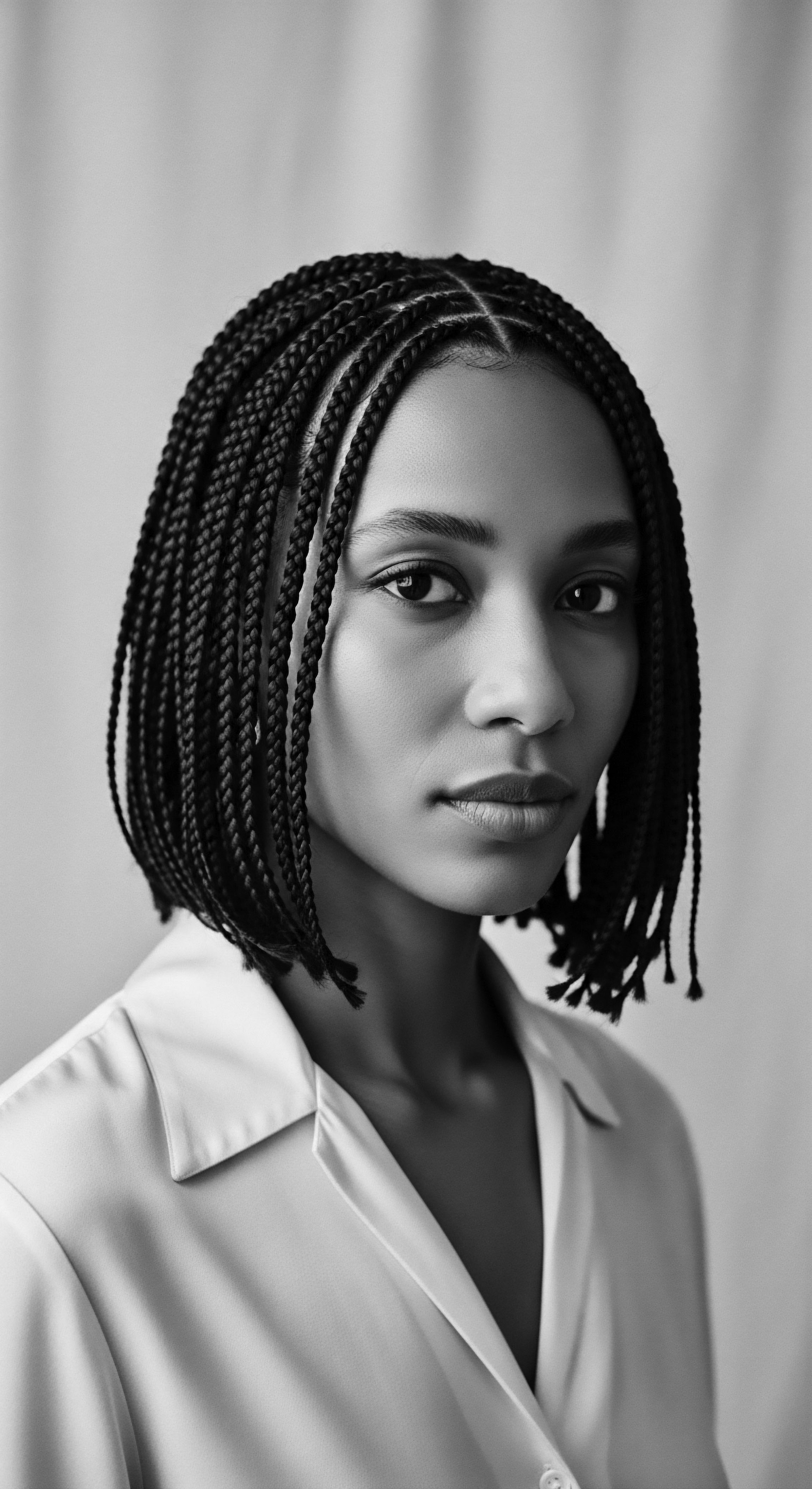
The Science of Ancient Ingredients, Reimagined
Modern hair science has, in many ways, begun to validate the efficacy of the natural ingredients and practices long utilized by ancestral communities. Ancient African hair care relied on elements like Shea Butter, Coconut Oil, and Aloe Vera, all of which are now recognized by contemporary science for their profound moisturizing, strengthening, and protective properties. Shea butter, for instance, is rich in fatty acids and vitamins, offering deep conditioning that textured hair, prone to dryness, greatly benefits from.
Coconut oil’s molecular structure allows it to penetrate the hair shaft, reducing protein loss. These are not new discoveries; they are a reaffirmation of ancestral wisdom, proving that ancient knowledge was built on keen observation and an intuitive understanding of the natural world.
The concept of “PsychoHairapy,” as explored by Dr. Afiya Mbilishaka, offers a compelling modern framework for this ancient connection. It posits that hair care settings can serve as therapeutic spaces, where hair professionals, equipped with micro-counseling skills, can address mental health and well-being.
This echoes the ancient communal hair grooming sessions, which were inherently social events where women shared experiences, offered support, and strengthened bonds, acting as informal wellness circles. The physical care of hair was interwoven with emotional and psychological sustenance, a testament to the holistic nature of ancestral wellness.
- Shea Butter ❉ A centuries-old West African staple, now a global humectant and emollient, rich in vitamins for hair nourishment.
- Coconut Oil ❉ A traditional ingredient across Africa and Asia, known for its ability to penetrate hair and reduce protein loss.
- Aloe Vera ❉ Valued for its soothing and moisturizing properties in various ancient cultures, now recognized for scalp health and conditioning.
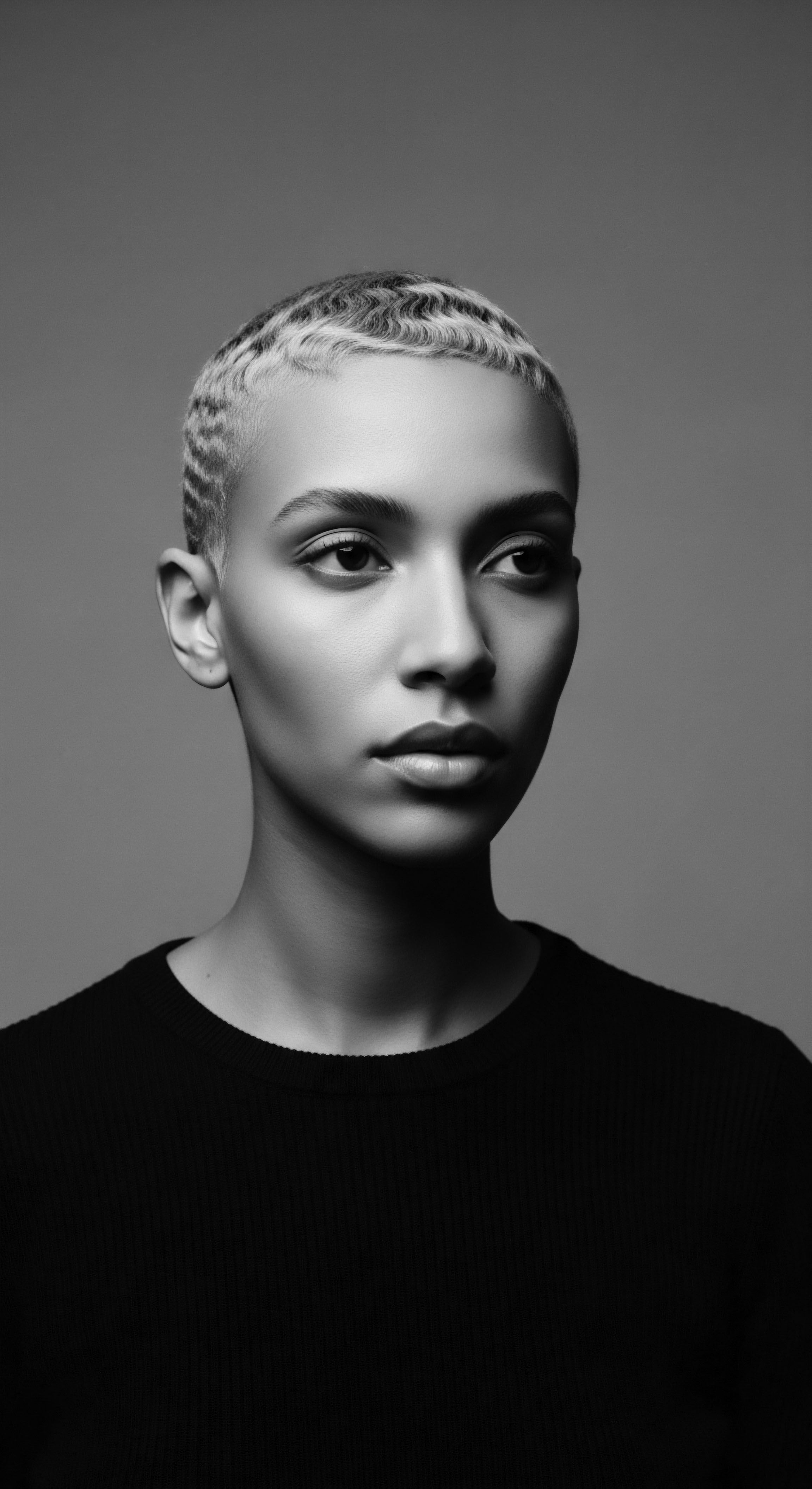
Nighttime Rituals and the Cultural Significance of Protection
The emphasis on nighttime care, particularly the use of silk or satin bonnets and scarves, represents a direct continuation of protective practices from ancestral times. In ancient societies, covering the hair at night protected intricate styles, preserved moisture, and maintained the spiritual sanctity of the head. Today, this practice serves similar functions ❉ safeguarding hair from friction, retaining moisture, and minimizing breakage, all essential for the vitality of textured strands.
This simple act carries a profound cultural weight, linking the contemporary wearer to a lineage of care, a shared understanding of hair’s delicacy, and a collective heritage of self-preservation. It is a quiet daily ritual that reaffirms continuity with the past, a subtle act of honoring one’s lineage through diligent care.
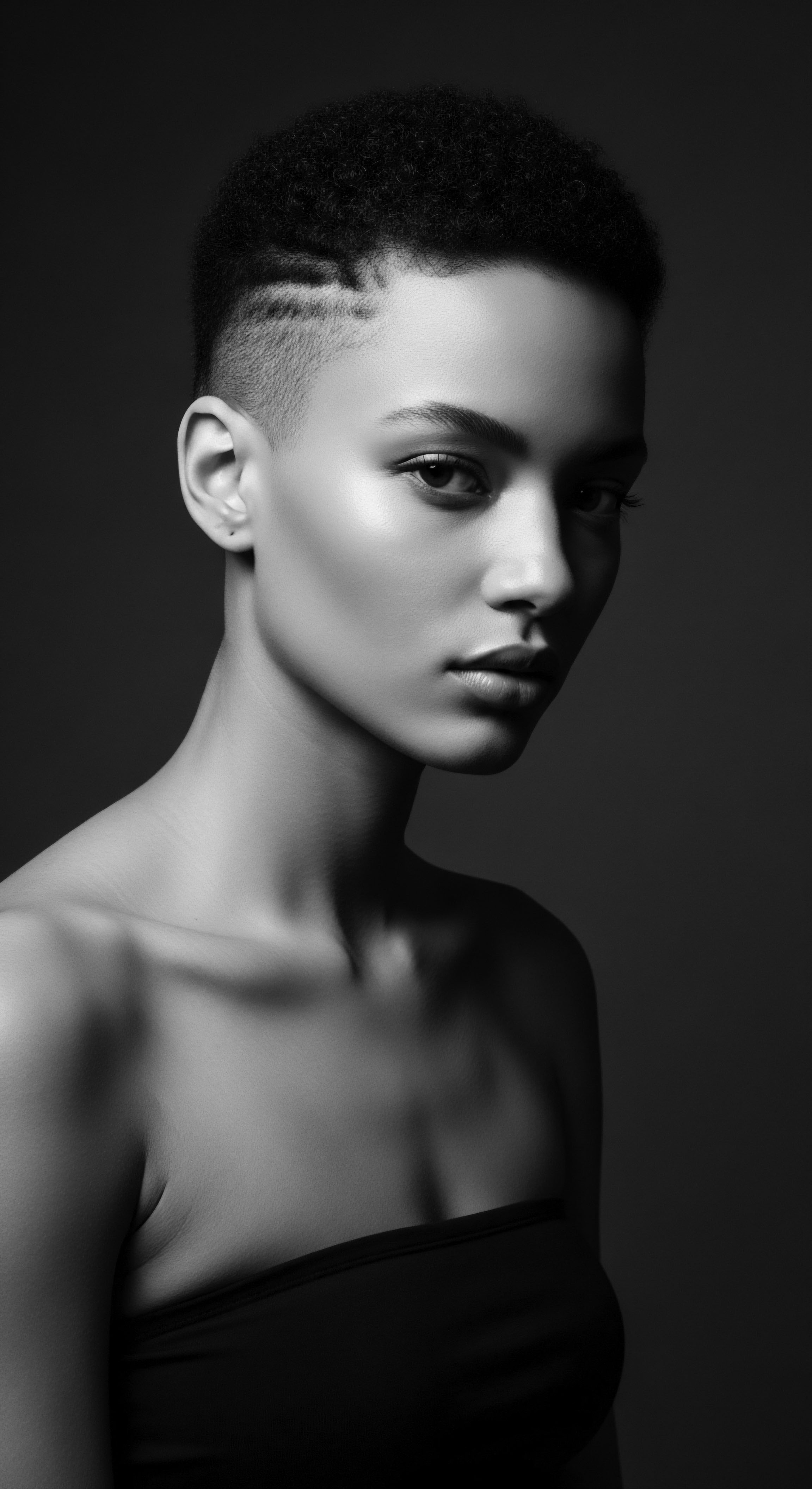
Reflection
As we trace the lineage of textured hair from primordial roots to its dynamic presence in contemporary wellness, a singular truth reverberates ❉ hair, particularly within Black and mixed-race communities, has always been more than a mere biological attribute. It is a profound, living chronicle of human experience, a testament to resilience, a sacred trust passed from elder to youth. The spirit of a strand, as we often reflect, embodies not just its unique physical composition, but the countless stories woven into its very being—tales of survival, of resistance, of defiant beauty.
The journey from ancient communal grooming under the sun to the modern, often solitary, act of moisturizing coils in the quiet of one’s home represents a continuity of wisdom. It is a persistent echo of ancestral beliefs that viewed hair care as a holistic practice, intimately connected to spiritual well-being, social standing, and personal identity. Our present-day wellness rituals, whether through the conscious choice of natural products or the mindful practice of protective styling, are not inventions of modernity alone. They are, rather, reinterpretations, re-embracements, and conscious extensions of traditions that have been sustained against currents of oppression and erasure.
The textured hair heritage teaches us that genuine well-being is not separable into isolated components of body, mind, or spirit. It is an integrated flow, much like the unbroken journey of a river, which, no matter how far it travels, forever remembers its source. Honoring our hair, in all its varied forms and expressions, is an act of profound self-love, an acknowledgment of a rich past, and a powerful declaration for a future where every crown is celebrated for its inherent legacy and luminous truth.

References
- Afriklens. African Hairstyles ❉ Cultural Significance and Legacy. Afriklens. 2024.
- Byrd, Ayana, and Lori L. Tharps. Hair Story ❉ Untangling the Roots of Black Hair in America. St. Martin’s Press. 2001.
- Caffrey, Cait. Afro-textured hair. EBSCO Research Starters. 2023.
- Clarke, Cheryl. The Art of Healing ❉ A Nostalgic Ode to Black Hair Braiding. Copyright. 2022.
- Gale Review. African Hairstyles – The “Dreaded” Colonial Legacy. The Gale Review. 2021.
- Kodd Magazine. African hair tells a story and inspires the future. Kodd Magazine.
- Lindstrom, Carole. My Powerful Hair. Abrams Books for Young Readers. 2023.
- Marie Claire Nigeria. 5 timeless beauty rituals from across Africa. Marie Claire Nigeria. 2025.
- Mbilishaka, Afiya. PsychoHairapy ❉ A Ritual of Healing Through Hair. Psych Central. 2022.
- Noma Sana. The History of Straightening Afro and Textured Hair. Noma Sana. 2024.
- Psi Chi. PsychoHairapy ❉ Brushing Up on the History and Psychology of Black Hair. Psi Chi.
- ResearchGate. Historicizing black hair politics ❉ A framework for contextualizing race politics. ResearchGate. 2024.
- Safo Hair. The Evolution of Black Hair Products ❉ A Journey from Homemade Remedies. Safo Hair. 2024.
- St George’s Hospital. Afro-textured Hair. St George’s Hospital.
